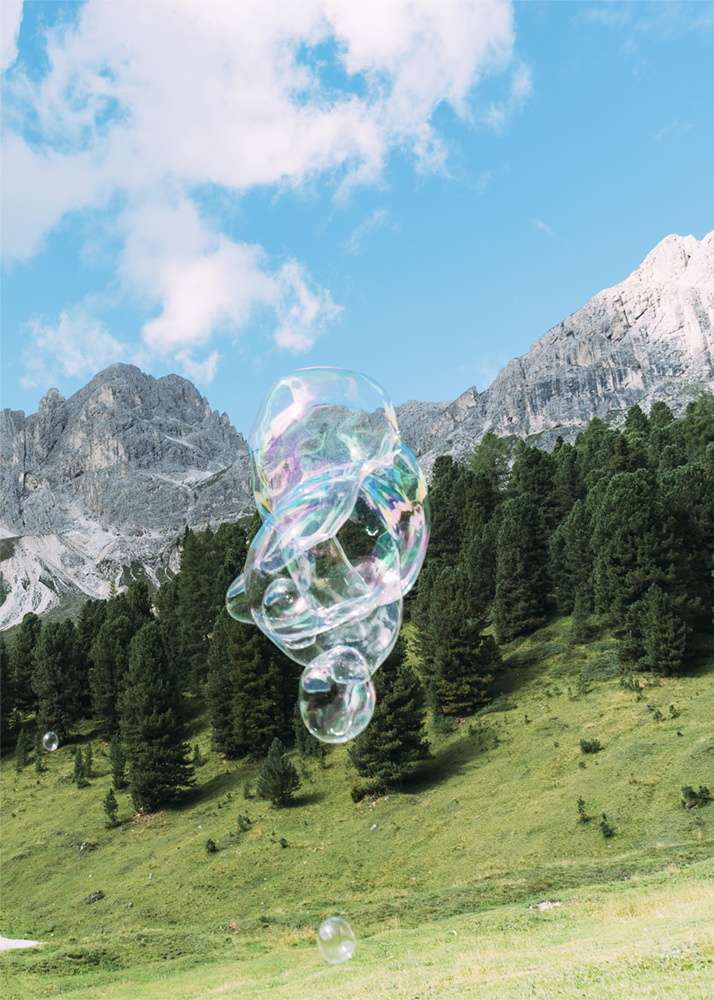Sou'Wester Drop Out
Stay Wild
A Taste of Communal Living
Story by Justin “Scrappers” Morrison // @scrappers
Photos by Sera Lindsey // @portablesera
Real Talk: I feel locked into a system of living that is killing the planet and me. I might as well be handcuffed to this computer. I spend most of my waking life attached to this screen chasing down money so I can afford fresh bread wrapped in two layers of plastic. My headphones are always on while my fingers are pounding away at the keys. The headphones cover my ears completely and help me stay focused. A lot of the time they aren’t even playing music, they’re just silencing the room and making it visibly clear to other people that I can’t hear them. I feel so disconnected from real life that I want to flip the desk over and run away into the forest.
I want the “Whoosh, Whoosh” sound of crows quietly flying through the woods with a gentle ocean breeze in their tail feathers. My fingers want the citrus-scented stick of pine sap as I plop another log on the fire. I want to hear real stories that an algorithm has not target marketed to me. I’m reaching out for the dirty hands of unbranded people without numbers next to their names representing the amount of strangers who cyber-stalk them. I want to drop out, unplug, and reconnect with real life. I want to live in a small vintage trailer park on the Washington coast.
A couple days at the Sou’wester magically made all my dropout dreams come true. I found peace somewhere between the sauna’s outdoor driftwood living room, listening to African love songs on vinyl records, talking to a lady about her dog’s traumatic history, riding a rusty tandem bicycle, watching Stargate on VHS, and grabbing a midnight snack of canned oysters and York peppermint patties from the Honor System Store.
There is a very real peace and quiet among the guests here. I think it’s related to the thin trailer walls. Like “Hey, stop fighting about what movie you want to watch, we can hear you over here. Plus, we want to watch that movie too, can we come over?” One night I was woken up by the smell and sound of a crackling campfire. Seemed like it was in the trailer with me, but it was from the tent campers on the other side of the ferns. If you want thicker walls you can stay in one of the private cabins, or in the grand lodge.
The lodge is a big red and white house. It’s also the heart of this place. On the first floor they serve coffee at 9 a.m.(ish) daily, have records, VHS tapes, board games, books, kids’ toys, sauna towels, clam digging gear, and cozy seating. The Honor System Store is also on the first floor. You can self-serve yourself toiletries, snacks, fresh local produce, drinks, and other essential goodies you’ll pay for when you check out. The second floor is a wonder-filled maze of rooms for rent. Each doorway opens to another world full of homemade art and mix-matched furniture that makes you feel like you’re crashing at your smart and fun lesbian aunt’s house.
The raging NW Pacific Ocean is a 10 minute walk away. Surfing, fishing, clamming, driving on the beach, building epic driftwood forts, beach combing, or love making in the dunes is at your toe tips. There is also plenty of forest and tall grass to wander though if sand isn’t your thing.
After a couple days of dropping out at the Sou’wester, I felt reconnected with real life and inspired to survive. I’m still tempted to flip this desk and smash this computer though.


























